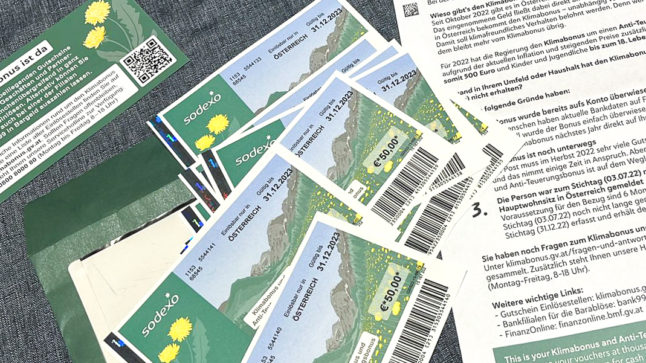Austria has activated the early warning system in the emergency plan for the country’s gas supply, the Climate Ministry announced today.
This follows Russia’s recent announcement that future gas deliveries can only be paid for with Rubles (Russia’s currency).
The activation of the early warning system means surveillance and monitoring of Austria’s gas supplies will be tightened, but rationing is not planned yet. Rationing of supplies comes into force when the warning system reaches level three, according to ORF.
The government confirmed that domestic gas tanks are currently 13 percent full and deliveries are continuing from Russia without disruption.
Chancellor Karl Nehammer and Climate Minister Leonore Gewessler (Greens) assured the Austrian public that they are doing everything they can to ensure households and businesses maintain their gas supplies.
The news follows a similar announcement by Germany earlier today after the German federal government also activated their early warning system for gas supplies.
More information about what the declaration means and how it may impact Austrian residents is available at the following link.
Ukraine: What does the government’s ‘gas alert’ mean for Austria?



 Please whitelist us to continue reading.
Please whitelist us to continue reading.
Member comments